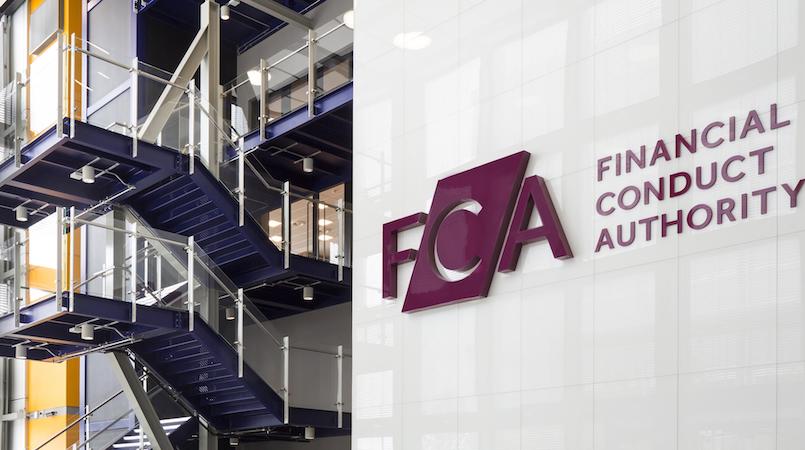The announcement comes on the heels of an announcement by Sweden’s deputy finance minister Per Bolund, that the government would formally investigate so-called ‘closet trackers’, and arrived in inboxes on the same day as a release by SCM Direct calling for the UK’s Serious Fraud Office to step in and investigate the phenomenon in Britain.
SCM Direct backed up its claims with research showing that more than a third of the UK active fund industry are no more than “an expensive clone of the stock market”, with less than 60% active share, a situation it said, conceivably cost British investors £804m last year.
According to Geffen the issue of disclosing a fund’s active share is fundamentally about transparency, something he points out the FCA has rightly put an emphasis on in recent years.
But, he adds: “I believe that there remain in Britain financial institutions that have promoted active management products in their shop windows, while stashing billions of pounds worth of assets invested in closet-trackers under the counter. This damages active management’s reputation and leads us back into the hackneyed active-versus-passive debate when the real debate is between passive, closet-passive and truly active.
With the cheapest tracker fund in the UK now charging a 0.07% OCF and the pressure on charges in both the active and the passive space continuing, there is no doubt that the days of the closet-tracker, the fund that gets paid hefty management fees for doing exactly the same thing as a low-cost tracker fund, are numbered. But, while paying active fees for an index tracker is clearly a bad thing, and one that is being increasingly closely watched, it is important not to conflate active share and active management.
Indeed, all the analyses Portfolio Adviser has seen to date, including Geffen’s, have made it clear that active share should be viewed as only one measure and, importantly the number needs to be placed in context.
Active share measures how much an equity portfolio’s holdings differ from the constituents of the benchmark against which its performance is being measured. It does not, for example, give any indication of how much risk is in the portfolio.
Indeed, as Tim Gordon points head of UK Wholesale at Skagen pointed out, “having a high active share is only relevant if you generating superior performance.
For Skagan, a firm that wears its contrarian garb and very high active share (above 90% for both its funds) as a badge of honour, he says, the measure proves that it is doing what it said it would – that it remains ‘benchmark agnostic’.
“The march of the passive investor has meant that if you are an active manager you need to show evidence of that fact,” he said, but, he added: “it is just one part of the puzzle, it doesn’t mean you will produce higher performance.”
Brewin Dolphin’s Tom Jemmett, agrees, adding: “while we use the metric to assess relative diversification, we urge caution in using the measure in isolation when selecting fund managers, especially when focusing on the higher numbers. In fact, we’ve seen some UK managers running relatively low active shares displaying strong, consistent outperformance and high information ratios. This profile seems to us a more attractive proposition, especially where low relative risk is a consideration in fund selection.”
Hargreaves Lansdown senior analyst, Laith Khalaf went one step further: “The idea that a fund with less than 60% active share is a closet tracker is bunkum. Active share does offer some insight into how a manager runs their fund, but it is not a hard and fast indicator of the fund’s potential for outperformance.
“There certainly are closet trackers around, and investors should look to replace these holdings with either cheaper tracker funds, or better active funds. But looking purely at active share could lead them to jettison perfectly good active funds. Indeed a more reliable and straightforward way for investors to judge if they hold a closet tracker, is simply to look at a performance chart of their fund compared to its benchmark.”










